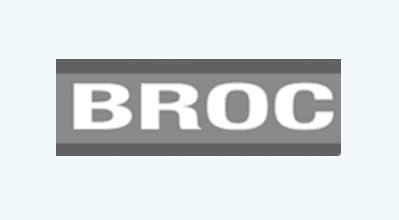Heritage Listing
New South Wales has two main types of heritage listings known as heritage items and conservation areas. Heritage listings flag that a place or object has heritage significance.
Four main statutory lists contain heritage listings for places that are significant locally, state-wide, Australia-wide and/or world-wide.
The two statutory lists that are applicable to the Inverell Shire are:
- locally significant heritage places that are listed on Inverell Shire Council’s Local Environmental Plan, and
- the State Heritage Register list that our State’s most significant heritage places and objects known as items of state heritage significance are listed on.
As physical links to Australia’s past, heritage places trace the transition of Australia from its ancient indigenous origins to a penal outpost of Great Britain to the advanced culture of today’s developed nation.
Why list?
Listing is the way our heritage places are identified and managed. This safeguards the environmental, economic and social benefits of this limited resource for present and future generations.
As with zoning, certainty is the driving reason for listing. By flagging our heritage places, listing gives owners and the community certainty about what is a heritage place. It provides advance knowledge about the approvals process, and confidence that future changes to listed places and surrounds will be sympathetic ahead of important decisions such as purchasing.
Early listing avoids the uncertainty, delays, unforseen costs and unnecessary conflict that can result when heritage is identified late in the development process. For example, temporary heritage listing known as Interim Heritage Orders, cannot apply to locally significant places already listed as local heritage items or state significant places already listed on the State Heritage Register.
Listing is the established world-wide method for managing heritage. Before listing existed in NSW, community protests about widespread heritage destruction resulted in the building union ‘green bans’ of the 1970s. This saved the Rocks and other heritage places from demolition at the time and ultimately led to our State’s first contemporary laws for heritage listing in 1977, the Heritage Act.
What does listing mean?
By providing a balanced framework for managing change, listing keeps heritage places authentic, alive and useful. Australian heritage places are not inflexibly bound or ‘mothballed’ by listing. Listing will not stop all change or freeze a place in time.
Listing is a beginning – the first step in protecting our significant places – not the end result. Statutory listing protects our State’s heritage places in three basic ways: recognition, approvals and support.
The NSW Office of Environment and Heritage (OEH) has prepared a useful overview of heritage listing called Heritage listing explained – What it means for you available from their website.
A general overview of heritage listing is also provided on the NSW Office of Environment and Heritage (OEH) website.









